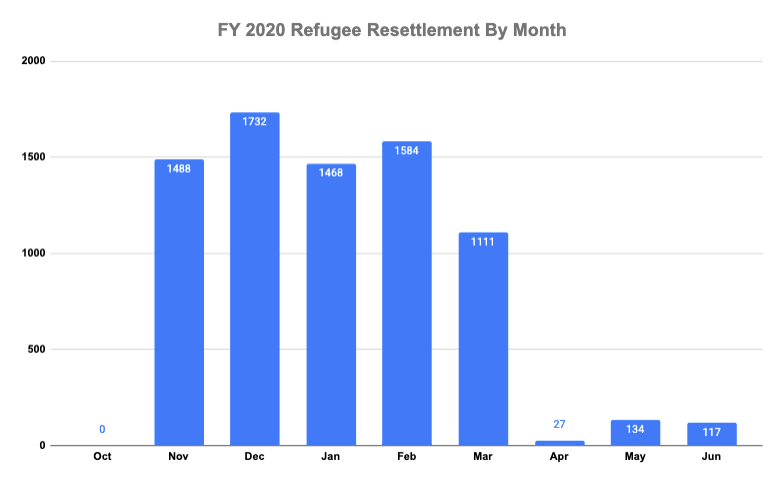June 20 marked World Refugee Day, a day that recognizes all those who have fled situations of violence and persecution in their home countries. On this day, the world comes together to show solidarity with refugees around the world and honor their determination for a new life.
This year the United States celebrated the 40th anniversary of the Refugee Act of 1980, which created the federal refugee resettlement program that exists today — the program that was historically the largest resettlement system in the world.
Lawmakers in Congress recognized the importance of this legislative anniversary with identical House and Senate resolutions commemorating the act, writing that “the need for bipartisan support of the refugee resettlement program” is “critical to the survival of the program.” Last year, Niskanen published original research highlighting the historically bipartisan nature of the program.
The lawmakers celebrated the contributions of all those who participated in the resettlement program since its inception and noted that resettlement is a U.S. policy that upholds our values as a nation.
Bipartisan support for refugee resettlement has been proven time and time again. In 2019, President Trump signed an executive order giving states the option to opt out of the resettlement program. Both Democratic and GOP governors affirmed their support for refugee resettlement in their states, with only one state opting out before litigation held up the order.
But despite the anniversary and the bipartisan support, the Trump administration throughout its term has sought to reduce the number of refugees, including setting an all-time low admissions ceiling of just 18,0000 for FY 2020. To make matters worse, the COVID-19 crisis has further wreaked havoc on the resettlement apparatus at home and abroad.
In March, in light of the COVID-19 pandemic, refugee resettlement around the world was halted.
The U.S., following the United Nations High Commissioner for Refugees (UNHCR), suspended refugee arrivals. A State Department spokesperson told CNN only certain emergency cases were being processed.
As of World Refugee Day 2020, the U.S. has resettled 7,684 refugees in fiscal year 2020, which began in October 2019. Since the suspension of the program, the U.S. resettled just 304 emergency cases. To compare, the FY 2019 program resettled nearly 20,000 refugees through mid-June — and that was still historically low given resettlement standards over the decades.
The per-month resettlement figures are shown in the chart below.

But the low admissions totals can’t just be considered a result of COVID-19 suspensions. President Trump limited resettlement to just 18,000 slots this year — the lowest ever. And as we detailed last year, a variety of changes to U.S. refugee policy would make reaching even the 18,000 mark highly difficult without the pandemic.
Though the resettlement program has been mostly halted because of COVID-19, refugees in the U.S. have been hard at work helping fight the virus. According to New American Economy, that reviewed data from the 2018 American Community Survey, 161,000 refugees, or 15.6 percent of all refugees in the U.S., work in health care industries. Further, 170,000 refugees serve as essential workers in the food supply chain.
This year, the U.S. stands to resettle the lowest annual number of refugees in decades. The Trump administration has presided over a massive drop in refugee admissions in just four years. Our fingers are crossed that suspensions will be lifted and policies reversed come 2021.
Photo by Bruce Emmerling from Pixabay